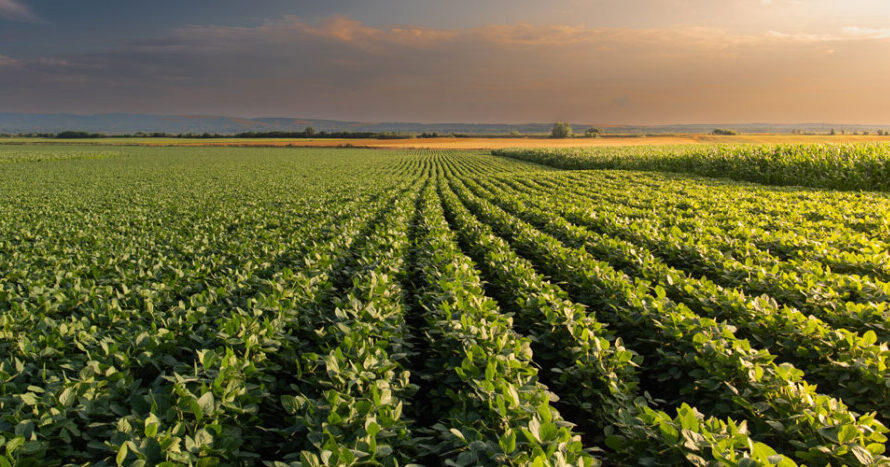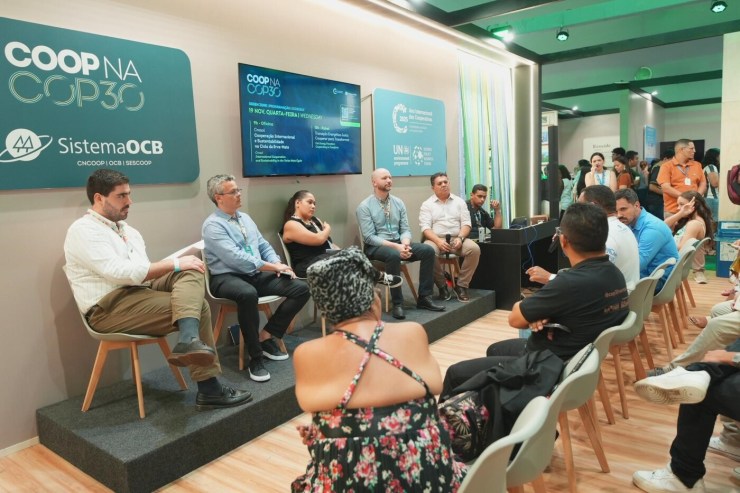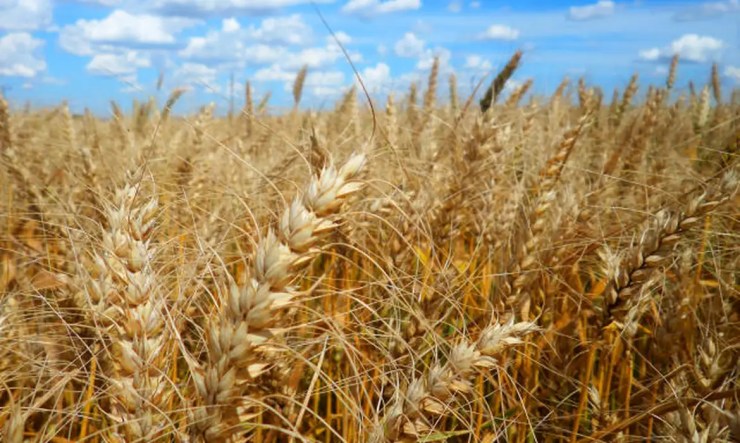Brazil is heading for another record harvest: the 2024/25 estimate is 332.9 million tons of grain, solidifying the country's position as one of the world's leading agricultural powers. While production is advancing rapidly, logistics remains a major challenge for agribusiness, creating a disconnect between the fields and distribution centers. Accounting for nearly a quarter of the country's GDP, Brazilian agribusiness must overcome logistical barriers, such as its reliance on road transport, to remain competitive.
With this in mind, the nstech launched the first edition of the report “Portrait of Grain Logistics in Brazil“, which analyzes the main obstacles and points out possible ways to reverse this scenario, highlighting the intensive use of technology.

Photo: Geraldo Bubniak
In 2023, road transport accounted for 69% of grain flow, while railways accounted for 22% and waterways for only 9%. This imbalance is reflected in high freight costs, low predictability, and greater environmental impact. According to the report, Brazilian agribusiness uses approximately 70,000 more trucks than necessary, due to bottlenecks such as queues at terminals and deficient infrastructure. "The long distances between production centers and export ports make logistics management even more complex. An efficient operation is essential to reduce costs and keep Brazil competitive," analyzes Thiago Cardoso, Director of Agribusiness at nstech. "The challenges are long-standing: poor infrastructure, predominance of road transport, and lack of storage capacity. The major change in recent years is the advancement of technology," adds Mariela Grisotto, Agribusiness Logistics specialist and co-author of the study.
Waterways and railways: underutilized opportunities
Between 2010 and 2023, waterways' share of grain transportation increased from 8% to 13%, driven by investments in the North region and regulatory changes. Even so, this mode remains underutilized. Projects on the Paraguay, Madeira, Tapajós, and Tocantins rivers aim to expand the use of this mode, reducing costs and emissions.
The main agricultural waterways today are the Tietê-Paraná, Araguaia-Tocantins, and São Francisco rivers. In the railway sector, the discrepancy is evident: for every kilometer of railway line, there are more than 21 kilometers of paved roads in Brazil. Only a third of the railway network is active, concentrated among four operators, which limits competition and increases costs.

Photo: Jose Fernando Ogura
Still, there is progress. Rumo Malha Norte, with a terminal in Rondonópolis, Mato Grosso, increased its share of grain shipments from 24% to 31% between 2010 and 2020. VLI, operator of the North-South Railway, expanded its market share from 4.4% to 10.8% in the same period.
Despite the absolute growth in transported volume, rail's share grew little: soybean, for example, jumped from 14 to 28 million tons between 2010 and 2020, but rail use only increased from 20.11 to 22.81 tonnes per tonne. "Multimodality projects in Brazil are long-term. Waterways, for example, have been gaining ground, but cabotage can also grow significantly," Cardoso emphasizes.
Infrastructure: advances, limits and perspectives
Despite the bottlenecks, there is good news. The Northern Arc, which encompasses the ports of the North region, grew from 12% of exports in 2010 to 35% in 2024, driven by private investment and regulatory frameworks. The Southern/Southeastern Arc, which includes states such as Goiás and Minas Gerais, is also expected to gain momentum with new investments.
According to nstech, the estimated investment for improvements in road infrastructure should increase from R$1.5 billion to R$2.05 billion, with emphasis on the Port of Santos, which has a dynamic capacity for 70 million tons of grain per year.
Another strategic hub in expansion is Matopiba (Maranhão, Tocantins, Piauí and Bahia), with Bahia standing out in soybean exports and Maranhão in corn, both with significant growth.
Despite the progress, Cardoso warns that profound changes in the logistics matrix still depend on large investments and coordinated public policies.
Cabotage: a viable and sustainable path
Cabotage shipping (coastal cargo transportation) faces regulatory barriers that limit its expansion. The requirement for vessels built in domestic shipyards and restrictions on the entry of new operators are some of the obstacles highlighted.

Photo: Marilayde Costa
Modernizing regulations could unlock the potential of cabotage. With ports like Santos, Paranaguá, and Fortaleza, this mode offers an efficient alternative with a lower environmental impact, promising for the transportation of grains and agricultural inputs.
Storage: the weak link in the chain
Another significant bottleneck is storage. While the US has the capacity to store 150% of its production, Brazil can only store between 60% and 70%. This puts pressure on transportation during the harvest, increases freight costs, and reduces producers' bargaining power.
A survey by the Esalq-LOG Group and CNA of over a thousand farmers revealed that 61% do not have their own warehouses. Among those who do, 41.2% can store more than 75% of their production, guaranteeing gains of 6% to 10% for almost a quarter of producers. The adoption of bag silos has been growing, currently present on 19% of properties, as a temporary solution to mitigate bottlenecks and negotiate better prices during the off-season. "Rapid storage, such as bag silos, does not preserve grain quality in the long term. The issue goes far beyond simply building structures; it is a complex logistics management challenge," emphasizes Mariela.
Technology as an engine of transformation
In a scenario of limited infrastructure, technology emerges as a powerful lever for optimizing the logistics chain. Tools that can reduce bottlenecks in flow include load scheduling systems, yard management, real-time tracking, digital receipts, performance indicators, and logistics visibility solutions. "The agricultural logistics chain doesn't need to wait for construction projects. Technology already enables immediate changes, with concrete results," says Cardoso.

Photo: Map
The use of technology is increasingly essential in a scenario of rising costs and climate instability. Furthermore, cooperatives are gaining prominence in exports and still have room to explore gains in negotiation, freight, and logistics management.
For Cardoso, agricultural logistics relies on three pillars for solutions: infrastructure, storage, and technology. In this context, technology gains momentum, since other approaches are more costly and require long-term implementation.





